The Portuguese capital has in the few years become not only a strong favorite destination for travelers looking for the next European sweet spot; but is luring many to actually put down solid roots.
Although Lisbon is a major European capital, it is a uniquely manageable and easy to get around wonderland of history, plus added contemporary glory. One of the oldest cities in the world, Lisbon is the most senior in all of Western Europe: predating cities like Paris and Rome by centuries. In Neolithic times the little city was inhabited by pre-Celtic tribes who left their mark with religious monuments still standing today on the peripheries of the city. Today Lisboa, as the locals call it, is revitalized with old marketplaces done anew, a downtown harbor that hosts the city’s startups and the best part of it all is - it is so quiet, you can barely hear a car.
But that’s not the reason people are flocking to the city - it’s something about that solid mediterranean climate mixed with a true sophistication on a smaller scale that draws you right in. Some ancients call the city “A Cidade da Luz” or “The City of the Light” and once you experience the twilight you’ll understand why.
Here everything old is new again. Lisbon has reinvented itself, but has refused to lose its core identity and that is what travelers are feeling from the moment you step out on the cobbled streets. The city of seven hills has a number of barrios (neighborhoods) worth exploring. A few favorites are the following:
Baixa
Officially this is the business district of Lisbon - but it’s not just for the snoozy suits. It’s also where the stark and modernist Four Seasons Hotel (R. Rodrigo da Fonseca 88, Lisboa, www.fourseasons.com/Lisbon) towers over the whole city. The hotel has invested in the best way to get to see the city - their very own Extraordinary Experience - a sidecar to drive you on the little alleys and too-small-for-car streets. One way of understanding the modern day Lisbon is to do this sidecar tour with Underdogs Gallery (www.under-dogs.net). They will take you cruising for hours whilst looking at the city’s amazing street art. Which we did and loved and of course laughed like lunatics all throughout.
This area - a mere fifteen minutes from the brand new airport by taxi - is actually where the city shows off its Pombaline-style architecture. After a major earthquake in 1755 almost the whole city had to be primed and probed again - and the prime minister at the time decided on investing in early anti-seismic design features and early prefabricated building methods. Of course this is the best place to come and investigate the famous azulejo tiling (yes that blue tile) Portugal is known for. The two main streets here are Rua da Prata (Street of Silver) and Rua Áurea, formerly called Rua do Ouro (Street of Gold) - and this is where to shop for exactly that.
Alfama
This is by far the oldest district of the city - and the streets form a maze that will keep you mesmerized and even surprised. Here pigeons will share the cobble hills with you and you’ll get your fair share of exercise traversing dozens of staircases. All around you the gorgeous tiled buildings means also you’ll be well rewarded. This neighborhood used to be where the sailors would congregate and that freewheeling spirit is exactly what appealed to the hipsters who have turned it into what it is today. A famous attraction here is the Lisbon Castle (R. de Santa Cruz do Castelo, Lisboa). Embroiled in Portugal’s early history it is also the spot where the Christian Crusaders defeated the North African Moors in 1147. But if you’re not that taken by history, be sure to go for the panoramic views.
All this walking will call for a caffeine stop and Fabrica (R. das Portas de Santo Antão 136, Lisboa, fabricacoffeeroasters.com) just off the famous shopping avenue Liberdade is easy to find. Almost right next door is a famous spot for seafood dining, Solar dos Presuntos (R. Portas de Santo Antão 150, Lisboa, solardospresuntos.com). It’s fairly traditional, and the photos of famous politicians and soccer stars are worth perusing. But this is also where you’ll get your fix of fresh seafood - cuttlefish, clams, lobster and seafood paella like only this seafaring nation can do. If you’re looking for a place to rest your head - Santiago de Alfama (Rua de Santiago 10 a 14, Lisboa, http://www.santiagodealfama.com/santiago-de-alfama) is newly revamped and offers suites perfect for a family affair.
Chiado
You’ve been wondering where all the little hidden gems are? Look no further than the Chiado Square and surrounding area. There is Luvaria Ulisses (Rua do Carmo, 87-A, Lisboa, luvariaulisses.com), a leather glove store the size of a hotel bathroom - space for just one customer at a time.
And, A Vida Portuguesa (R. Anchieta 11, Lisboa, avidaportuguesa.com) an exceptional local-only store that sells things like homewares and delicacies from the not too distant past - with a modernized touch for today’s lover of all things eclectic. Once you stop here, you can’t leave without many bags of gifts - vintage toothpaste, 60s colognes reproduced, colorful tiles, traditional tableware and rough earthenware. It just doesn’t stop. This is also the area where the Almalusa Hotel (Praça do Município 21, Lisboa, http://www.almalusahotels.com/en/hotel) recently opened its doors. With just a few rooms, all overlooking a tiled square right down at the river, the space invites locals to their brasserie style restaurant, the Delfina. Here you can investigate all traditional dishes like caldo verde (a potato soup with spicy Portuguese sausage, served cold), bacalhau (the famous salted cod) and arroz doce (rice pudding with cinnamon). After dinner the Portuguese like to sip on port, sit out in the courtyard and watch the city moving by slowly.
Bairro Alto
There is a fun yellow trolley car that will deliver you to Bairro Alto (Upper City), but the best adventure is just to get lost on the little streets and climb further. The area, home to most of the fado (traditional Portuguese music) clubs, is what Lisbon today is all about: utter charm, meeting with modern amenities. This is also where the city feels most avant-garde - your chic grandma purchasing new leather sandals, your younger brother playing guitar in the squares and groups of all ages sitting around enjoying the satisfying weather with kids and dogs playing.
To find the city’s most interesting crew you might want to make a reservation at Restaurante Insolito (R. São Pedro de Alcântara 83, Lisboa, the insolito.pt). Their terrace overlooks the city, the fado (traditional music) will enthrall you, and their quirk will just impress you. Here they take traditional Portuguese ingredients and topsy turvy them to create something totally special. It’s not worth explaining, it’s only worth trying to find out. They also have a hotel (http://theindependente.pt/) attached to the same space - choices include a bunk, a fabulous suite or an hour outside of Lisbon at the seaside.
There is a square, with a leafy garden that is by far one of the best places to take a pause in all of Lisbon - Jardim Fialho de Almeida. This is where you can grab a bite at Le Moustache Smokery (Praca das Flores 44, Lisboa, thefork.pt) or just park off under an elderly tree. If you’re looking for someone to hang out with, make sure you go around the corner to Copenhagen Coffee Lab (R. Nova da Piedade 10, 1200-298 Lisboa, Portugal, http://copenhagencoffeelab.com/). Helle, who runs the joint, knows the city better than anyone - and pours espressos so there is a double win there.
Leaving the city for a weekend?
So forget what you’ve heard about the Algarve. It’s overcrowded and overdone. What you really want to do is rent a car and just stay on the west coast of the country - facing the Atlantic Ocean. Drive out of Lisbon and head south.
First stop is Comporta. Just over an hour’s drive from Lisbon this is where the chic Europeans secretly have homes in the dunes and hidden from view in the forests. The Herdade da Comporta is a stretch of coast between the Sado Estuary and the sea, 12,500 hectares comprising seven hamlets: Pego, Carvalhal, Brejos, Torre, Possanco, Carrasqueira and Comporta, too. All worth exploring. Take a wooden staircase down to the quiet beaches or go for lunch at Sal Restaurant (Praia do Pego, Carvalhal, http://www.restaurantesal.pt/)
If you have more time go all the way south for a surfing adventure - to the tiny seaside village of Sagres. Locals are friendly and will invite you to eat at one of the finest food establishments in all of Europe - with no Michelin star, zero pretense and hardly costs a thing. It’s called Mum’s, naturally (Avenida Comandante Matoso, Sagres, http://www.mums-sagres.com/). If you want to linger for longer stay at the Memmo Baleiro Hotel (Sítio da Baleeira, 8650-357, Sagres, memmobaleeira.com) and spend your never-ending sunny days at Praia do Beliche (Beliche beach) just out of town.

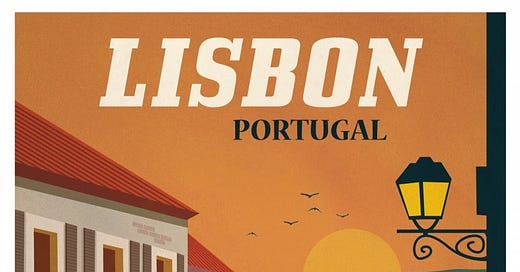




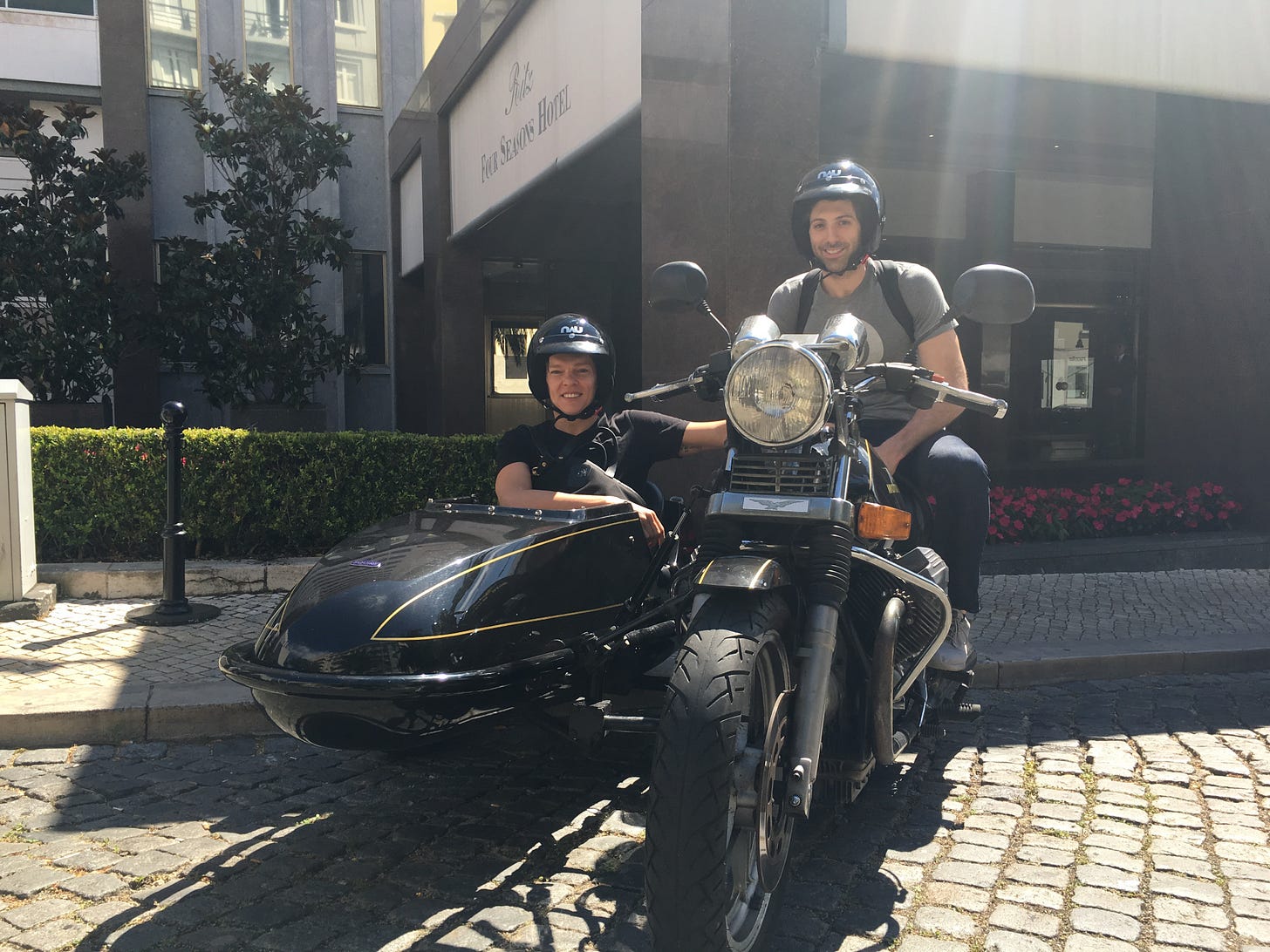

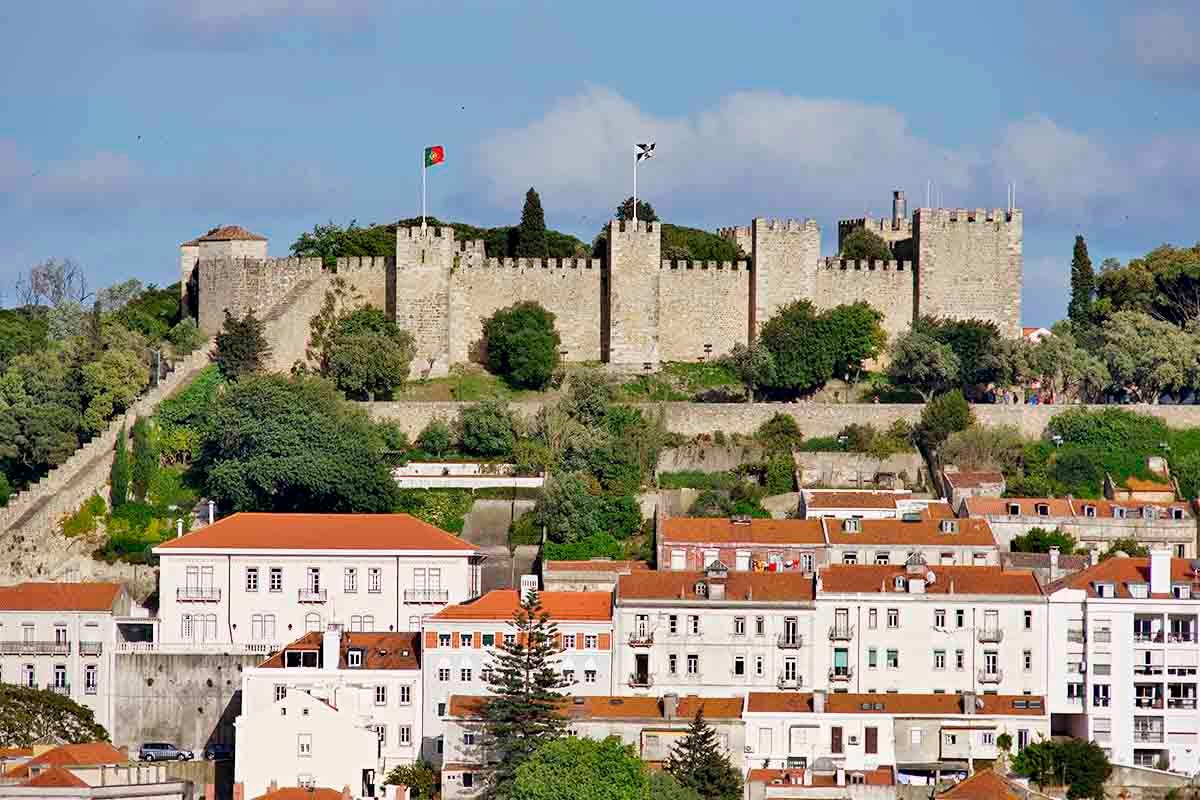
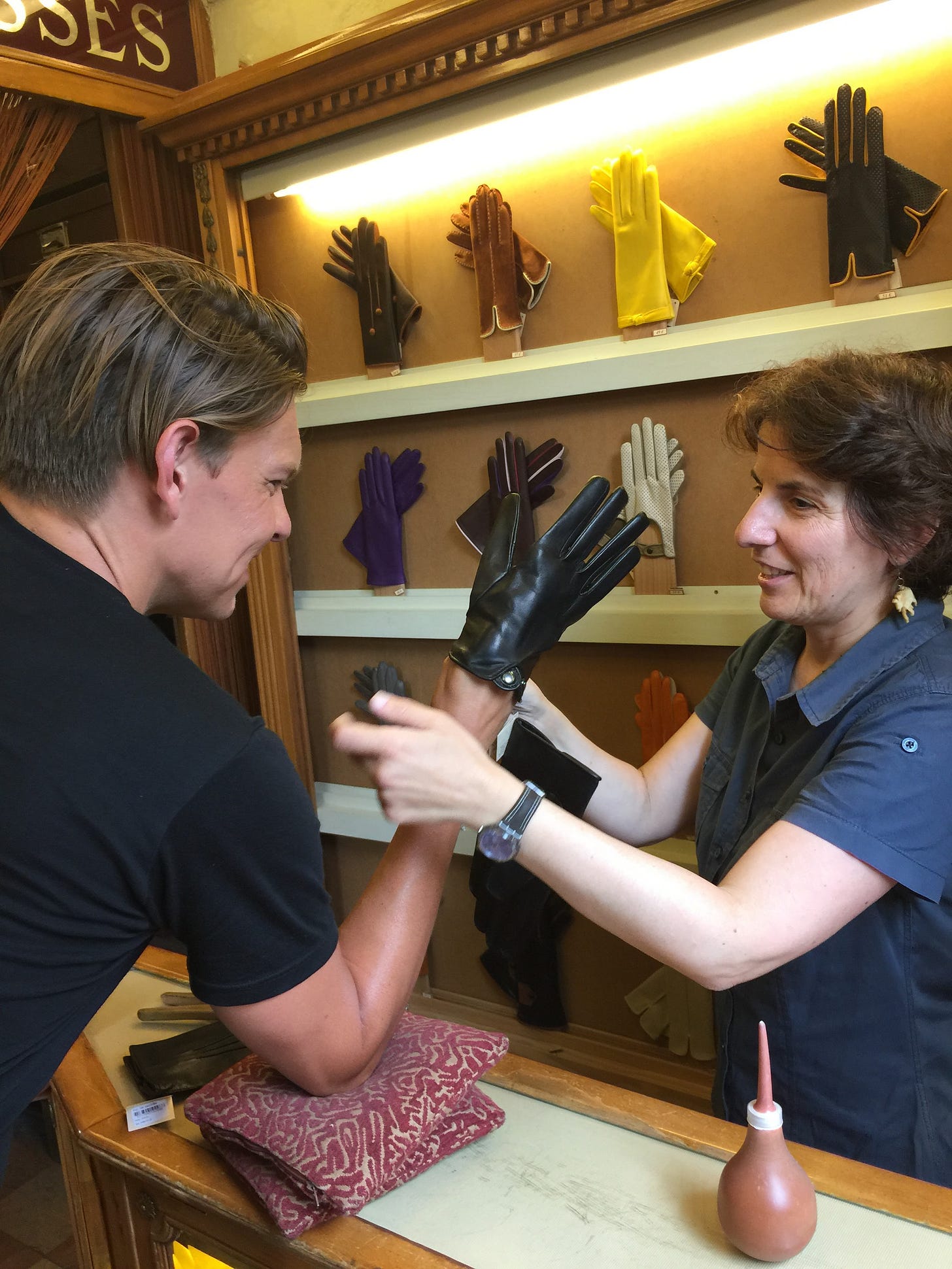
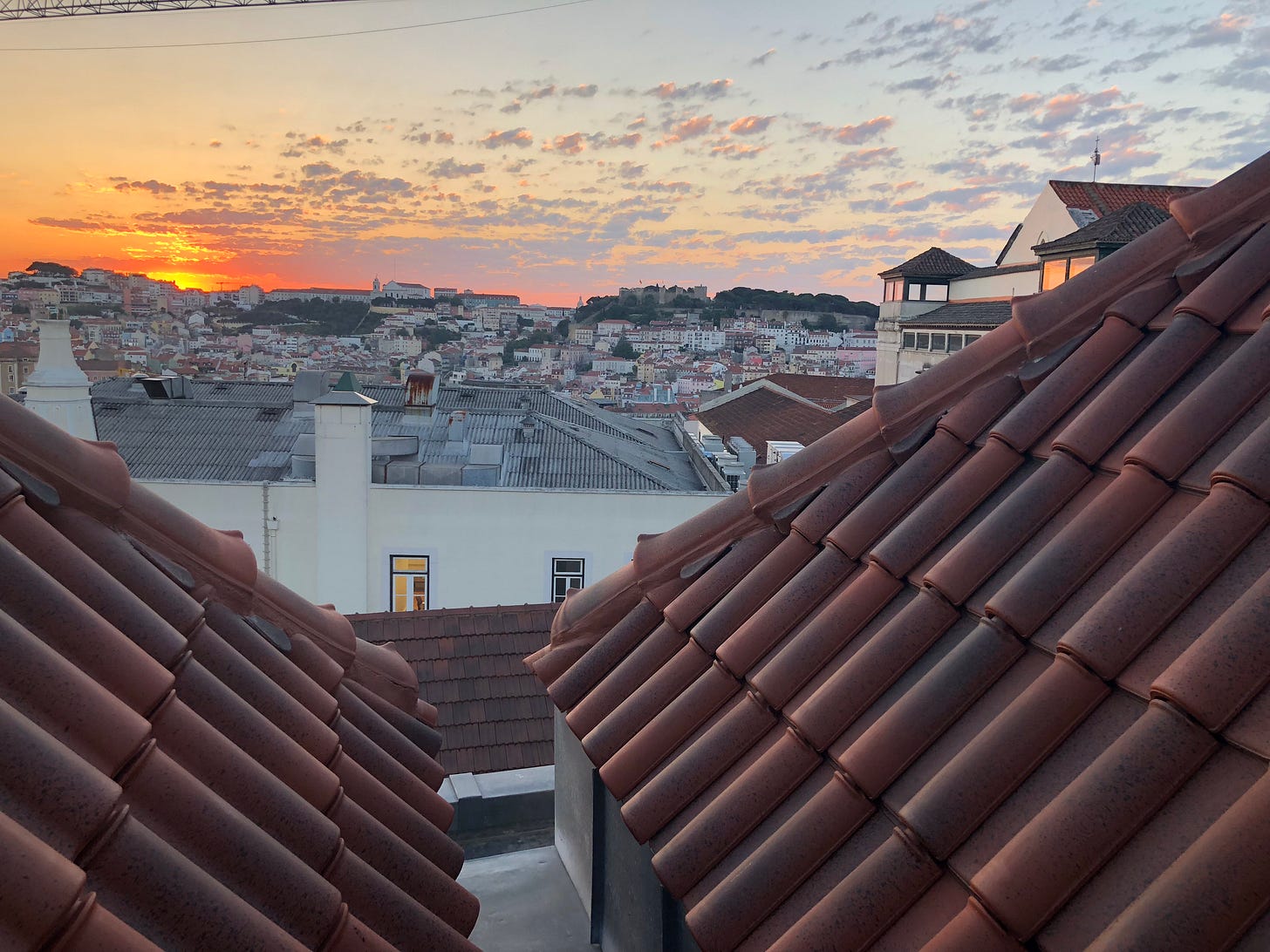
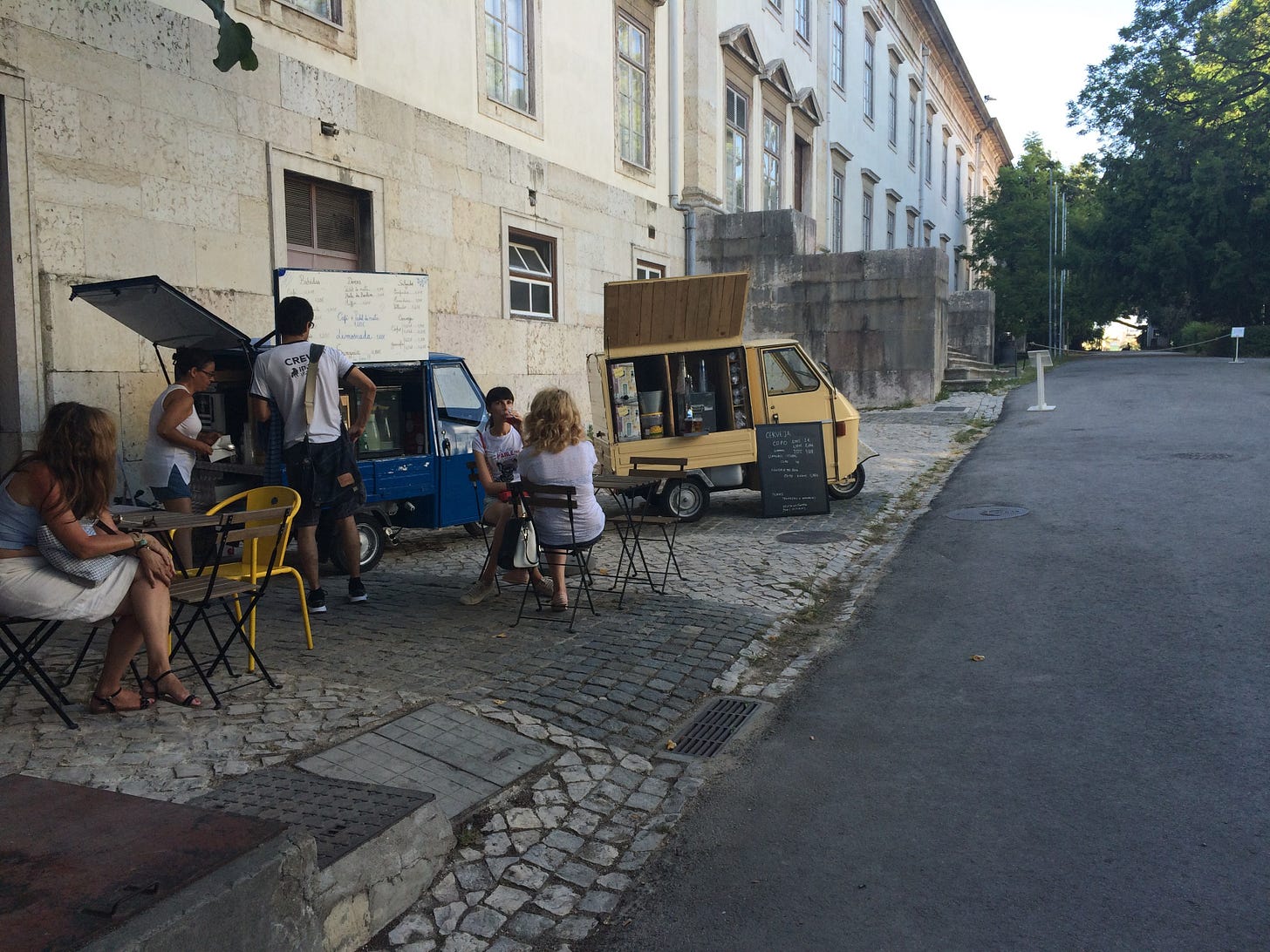
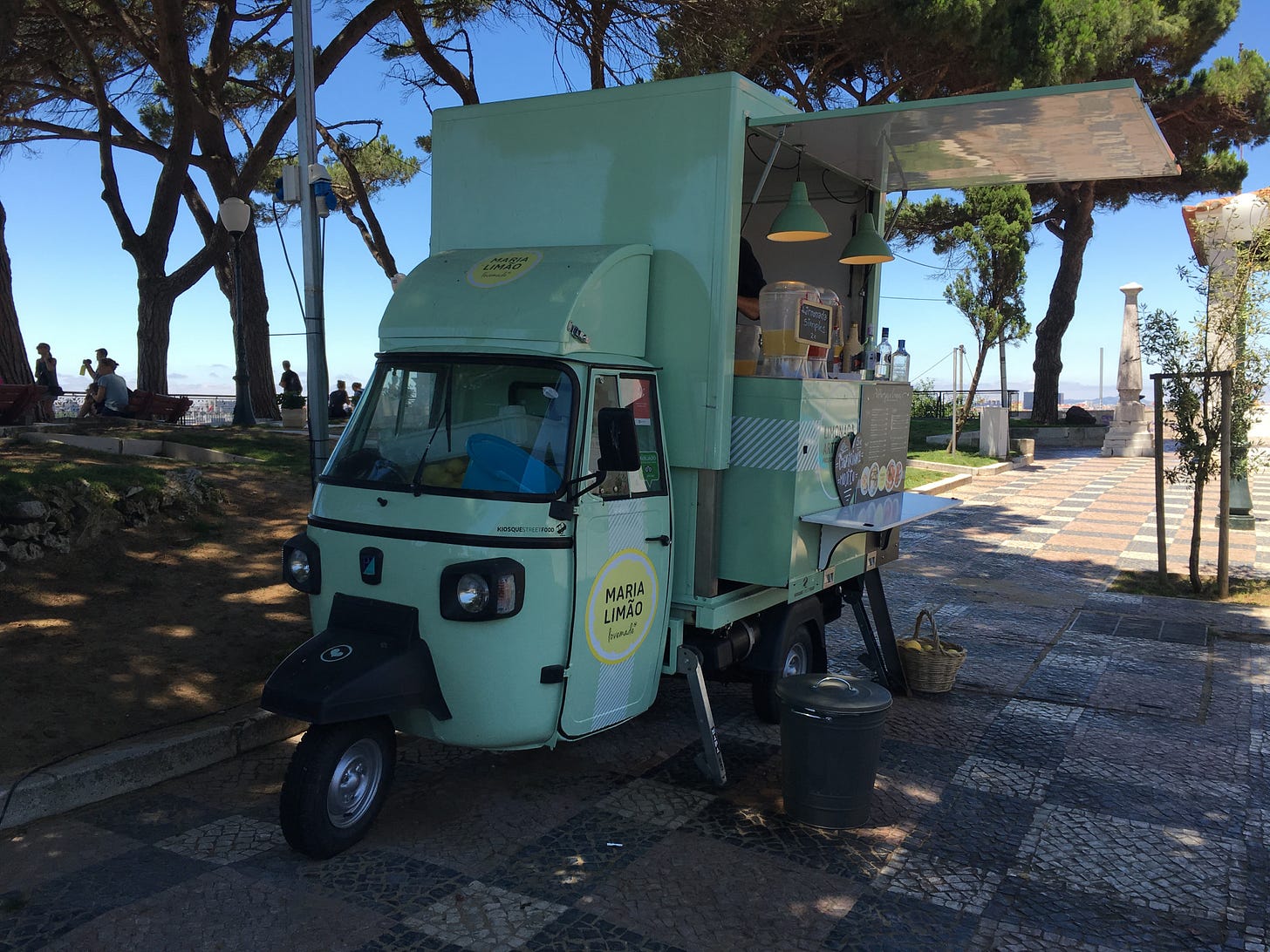
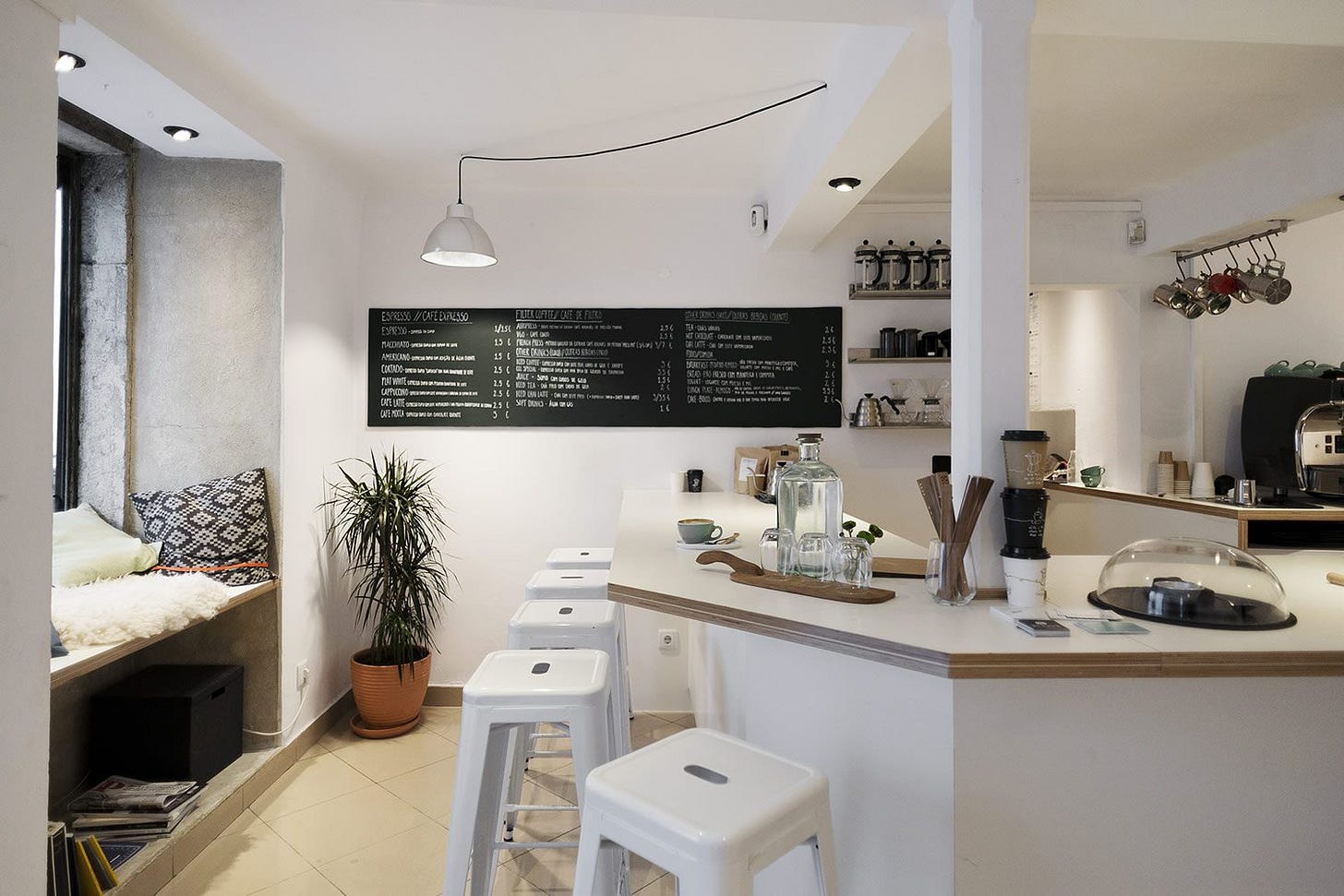
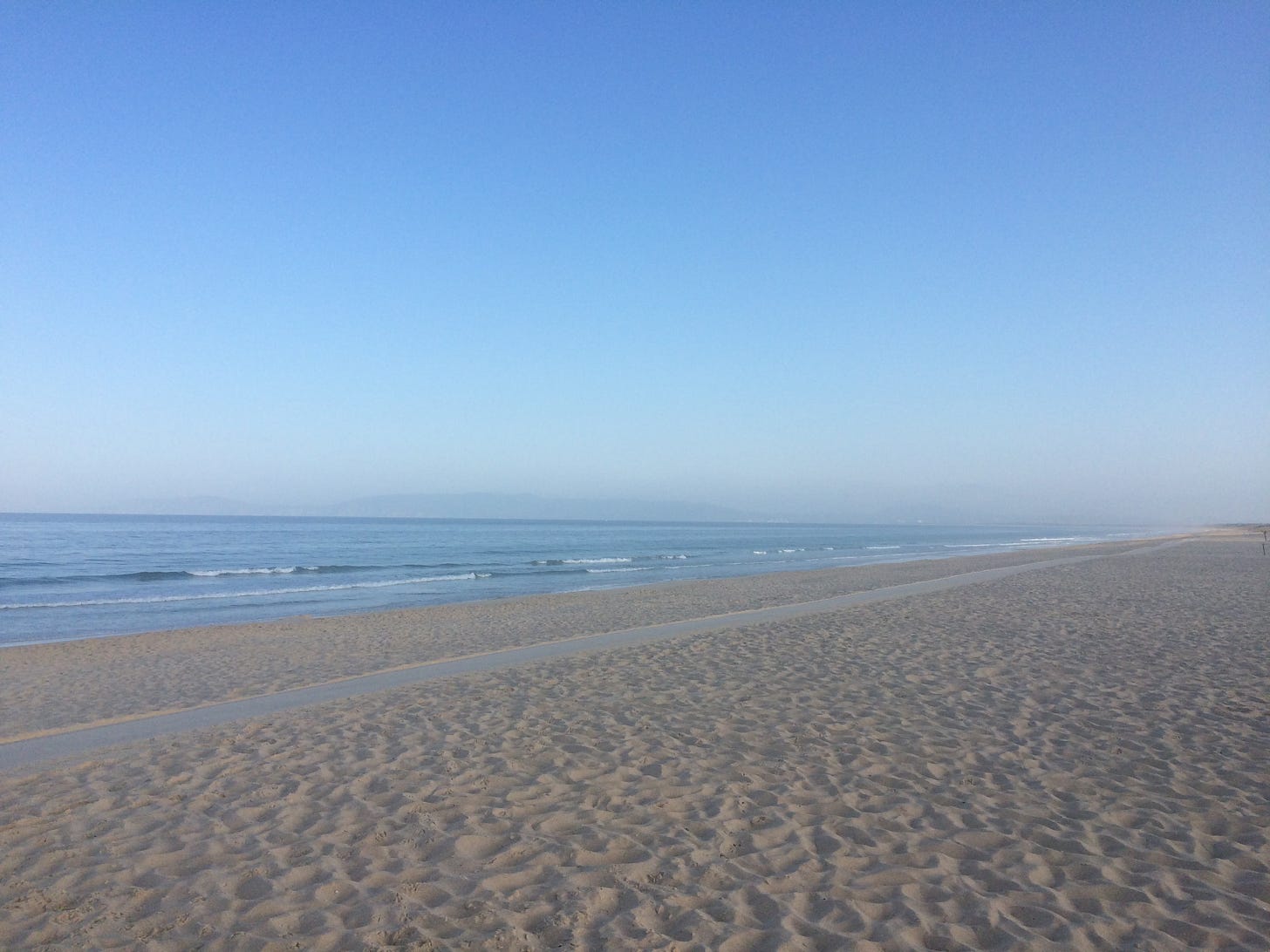
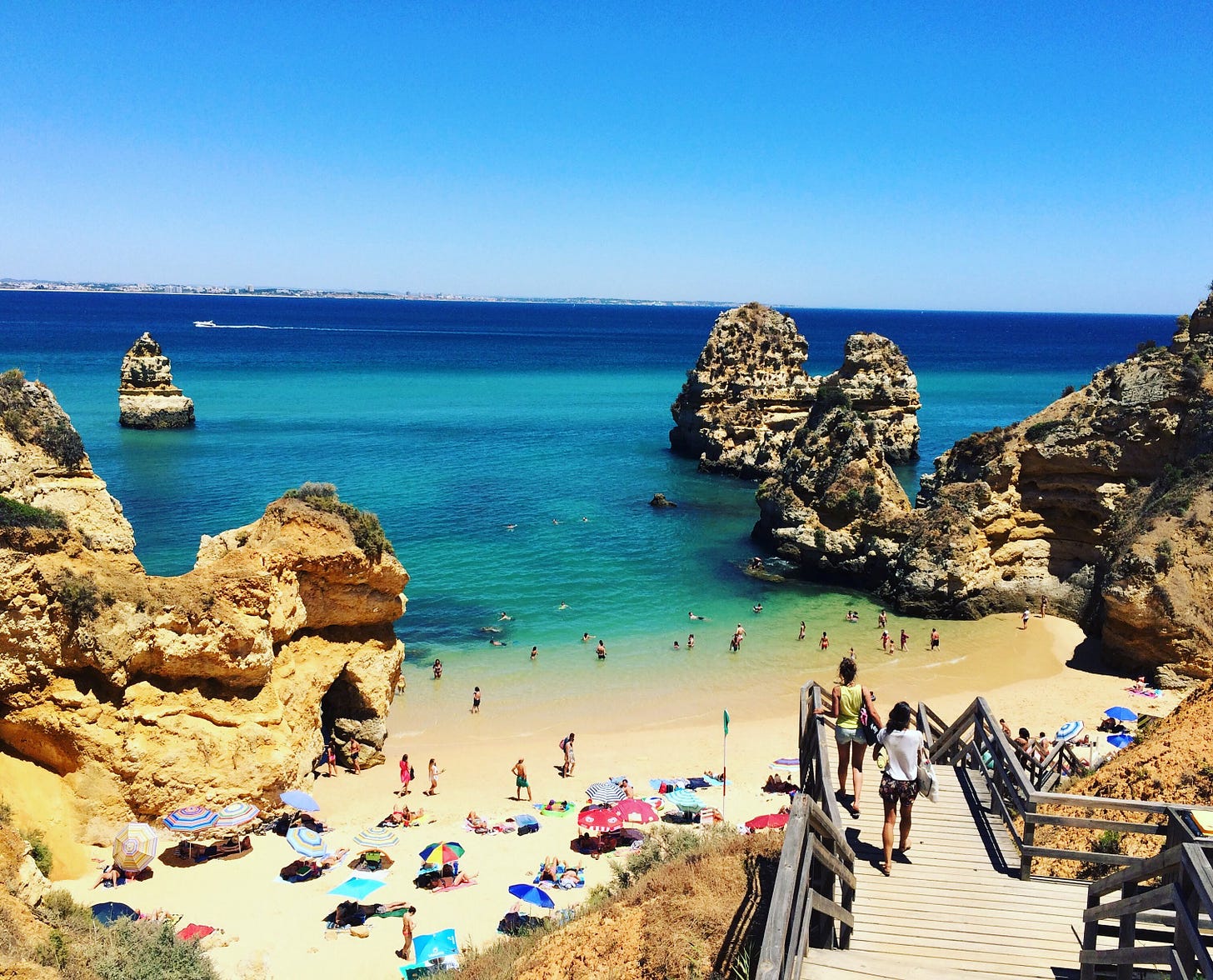
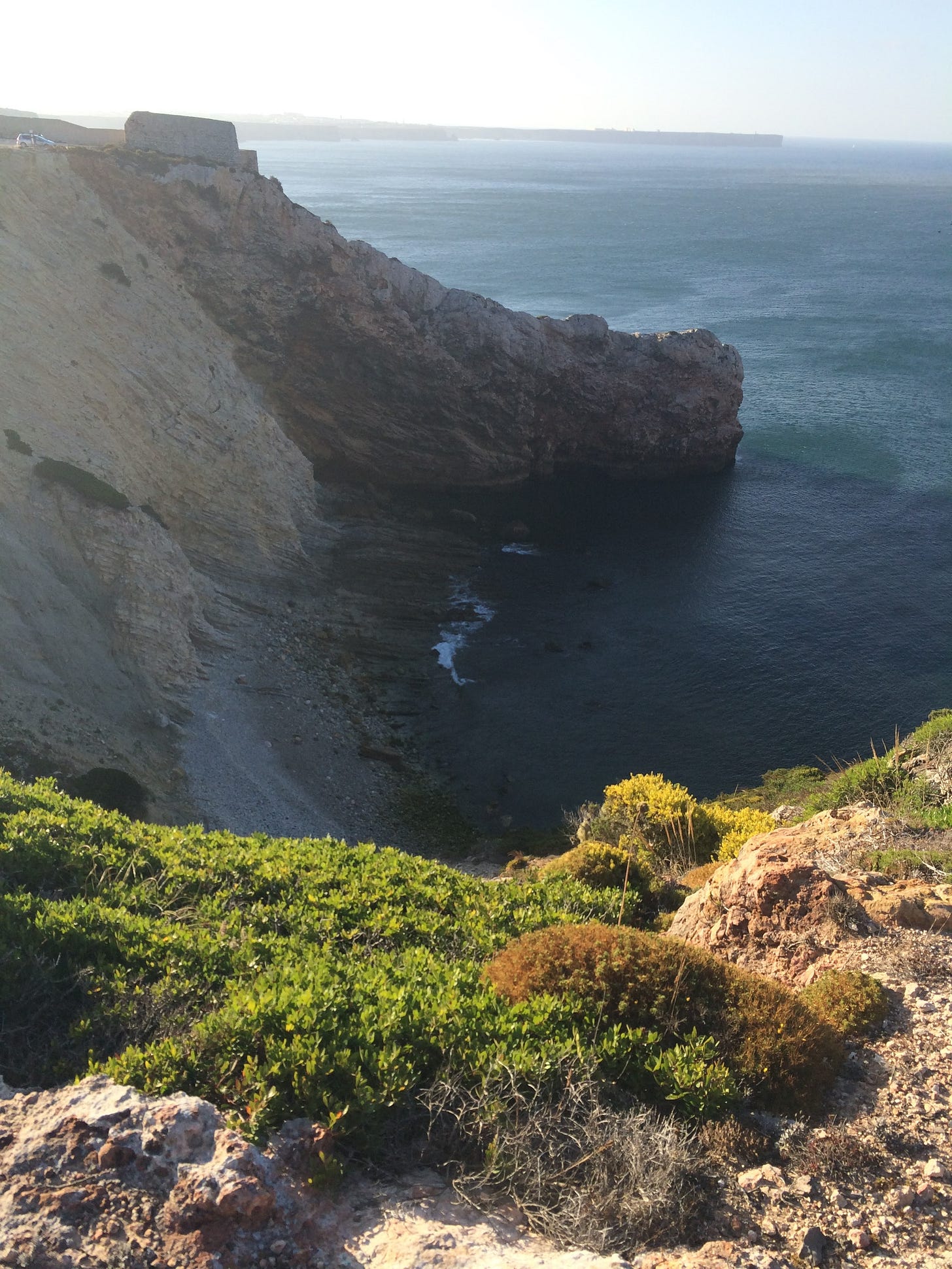
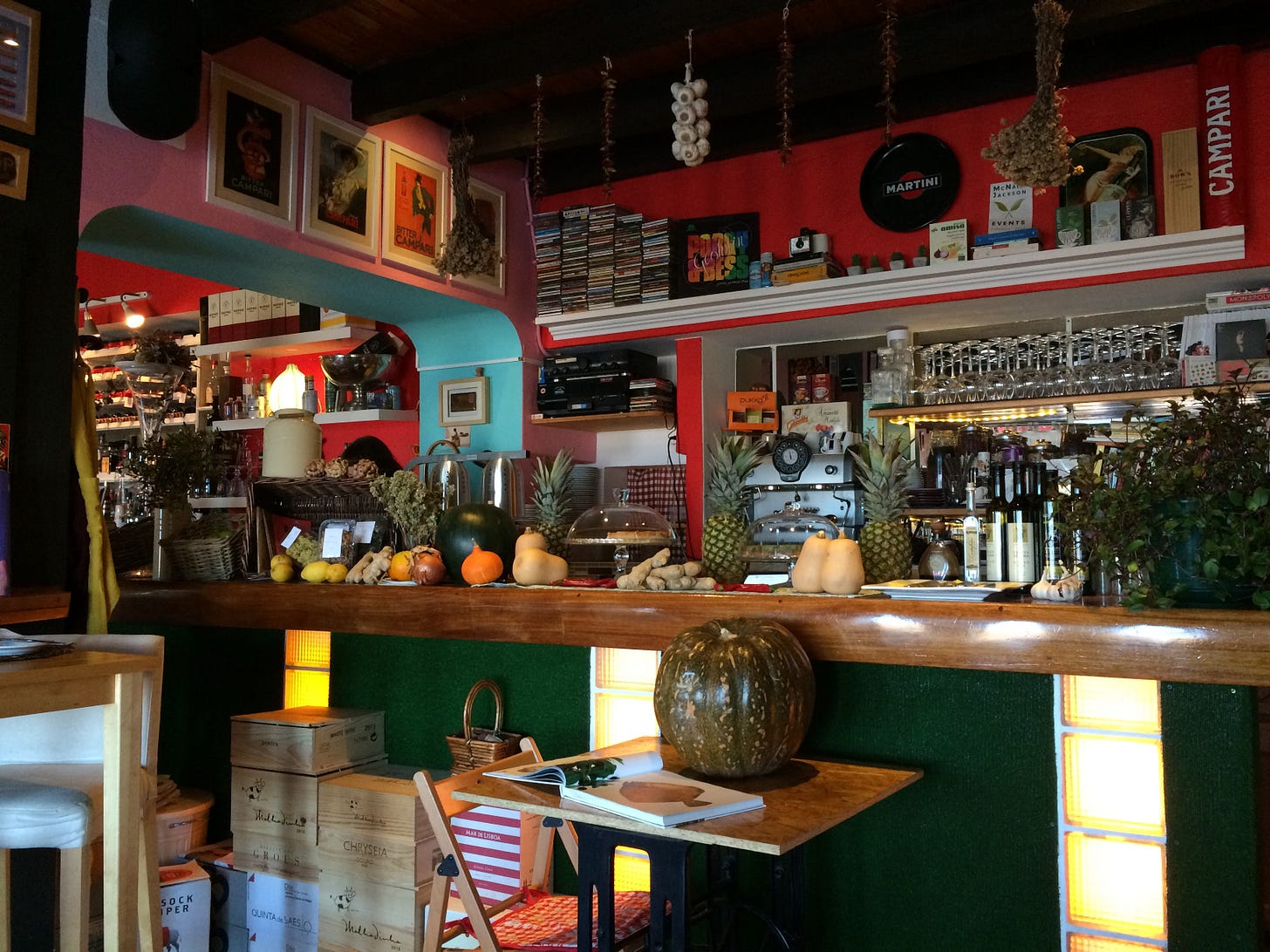
gorgeous!